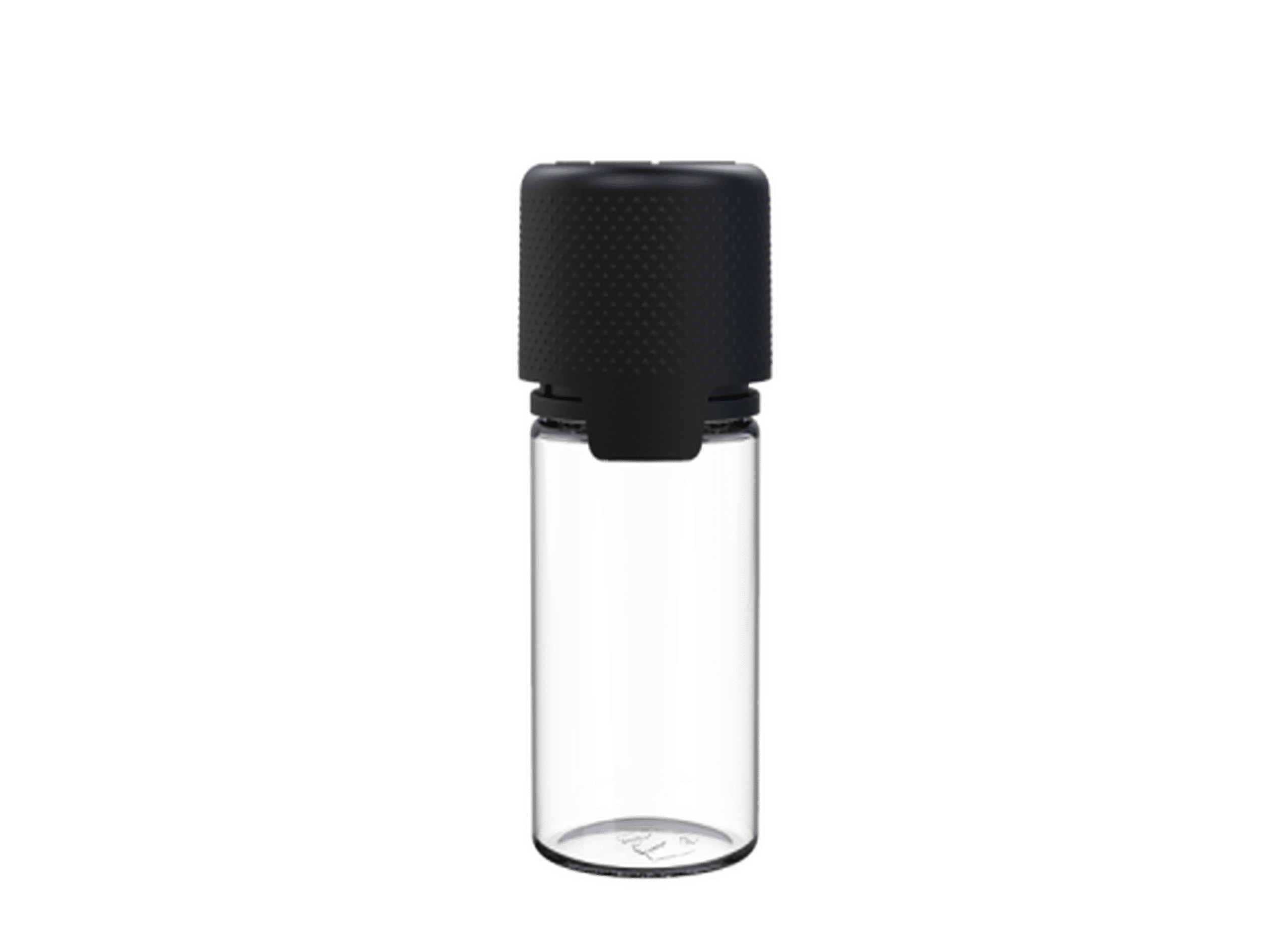Table of Contents
Opaque packaging has become a cornerstone requirement for cannabis edibles across most regulated markets. This packaging approach serves multiple critical functions, from regulatory compliance to product preservation and consumer safety. Understanding the importance of opaque materials can help manufacturers make informed decisions while navigating the complex landscape of cannabis packaging requirements.
Regulatory Requirements for Opaque Packaging
Most state regulations explicitly require cannabis edibles to be packaged in opaque materials. This requirement stems from concerns about product visibility and child safety. Opaque packaging for edibles prevents children from seeing the contents, which might otherwise appear similar to non-cannabis treats.
Regulatory frameworks vary by state, but the opacity requirement remains consistent across most jurisdictions. For example, California, Colorado, and Washington all mandate that edible products must be packaged in materials that do not allow the contents to be visible from outside the packaging. Manufacturers must also ensure their packaging meets specific labeling requirements for cannabis edibles, including dosage information and warning statements.
Product Preservation Benefits of Opaque Packaging
Beyond regulatory compliance, opaque packaging offers significant product preservation benefits. Light exposure can degrade cannabinoids and terpenes, reducing potency and altering flavor profiles. Opaque materials provide a protective barrier against UV light, helping maintain product integrity and extending shelf life.
Different edible products require specific packaging considerations. For instance, chocolate products are particularly susceptible to heat and light damage, making opaque packaging essential. Similarly, gummies and other infused confections benefit from light protection to maintain their texture and potency. Packaging that extends shelf life often combines opacity with other protective features like moisture barriers.
When preparing products for distribution, accurate measurement is crucial for both compliance and quality control. Many manufacturers rely on precision digital scales for cannabis packaging to ensure consistent dosing and weight across their product lines.
Child Safety and Opaque Packaging Solutions
Child safety represents one of the most important aspects of cannabis edible packaging. Opaque materials work alongside child-resistant mechanisms to create a comprehensive safety approach. By preventing visual identification of potentially appealing products, opaque packaging adds an essential layer of protection.
The combination of opacity and child-resistant features is mandated in most markets. Child-resistant packaging for edibles typically incorporates mechanisms that require adult dexterity or strength to open, while the opaque nature ensures children cannot see the contents.
Branding Challenges and Solutions with Opaque Materials
Creating distinctive branding while maintaining opacity presents unique challenges for edible manufacturers. Without transparent windows to showcase products, brands must rely on other design elements to communicate product attributes and build brand recognition.
Successful strategies include:
- High-quality printing with vivid colors and textures
- Embossing and debossing for tactile branding elements
- Foil stamping and specialty finishes
- Clear product photography on packaging
- Distinctive package shapes and structures
Balancing shelf appeal with discretion requires thoughtful design that communicates product benefits while maintaining compliance. Many brands have found creative ways to stand out through innovative structural design and premium finishing techniques rather than product visibility.
Sustainable Options for Opaque Edible Packaging
As sustainability becomes increasingly important to consumers, manufacturers are seeking environmentally friendly opaque packaging solutions. Several options exist that maintain regulatory compliance while reducing environmental impact:
Recyclable opaque materials include certain plastics (HDPE, PET), paperboard, and metal tins. These materials can enter existing recycling streams when properly separated. Biodegradable alternatives are also emerging, though they must still meet child-resistance and opacity requirements.
Sustainable packaging for cannabis edibles continues to evolve as new materials enter the market. Some manufacturers are exploring plant-based plastics and compostable films that provide opacity while reducing fossil fuel dependency.
When evaluating options, brands should consider the differences between biodegradable and recyclable packaging to determine which approach best aligns with their sustainability goals and operational capabilities.
Future Innovations in Opaque Packaging Technology
The cannabis packaging industry continues to develop new solutions that balance opacity requirements with enhanced functionality and consumer experience. Emerging technologies include:
Smart packaging with opacity features is gaining traction, allowing brands to incorporate freshness indicators, temperature monitoring, and dosage tracking without compromising child safety. These innovations help maintain product quality while providing valuable information to consumers.
Material science advancements are creating thinner, stronger opaque materials that reduce resource consumption while maintaining protective properties. Some manufacturers are exploring innovative smart packaging for edibles that can indicate product freshness while remaining fully opaque.
As regulations evolve and consumer preferences shift, the future of opaque packaging will likely include more personalized, interactive elements that enhance the user experience without compromising safety or compliance. Brands that stay ahead of these trends will be well-positioned to meet both regulatory requirements and consumer expectations in this rapidly changing market.











Leave a comment
All comments are moderated before being published.
This site is protected by hCaptcha and the hCaptcha Privacy Policy and Terms of Service apply.